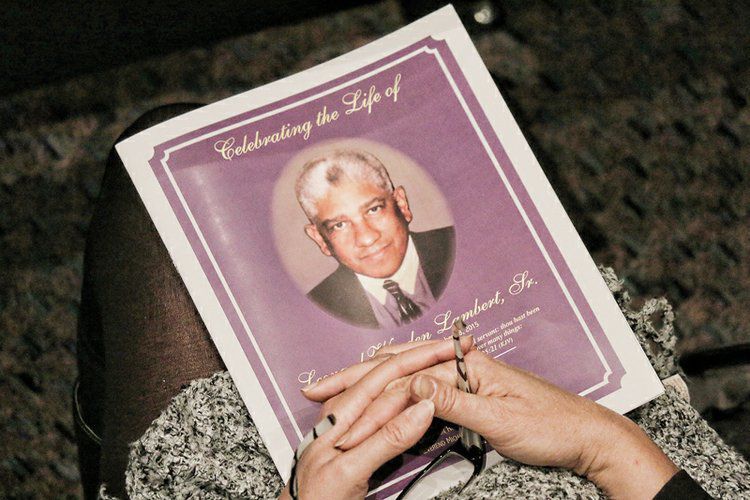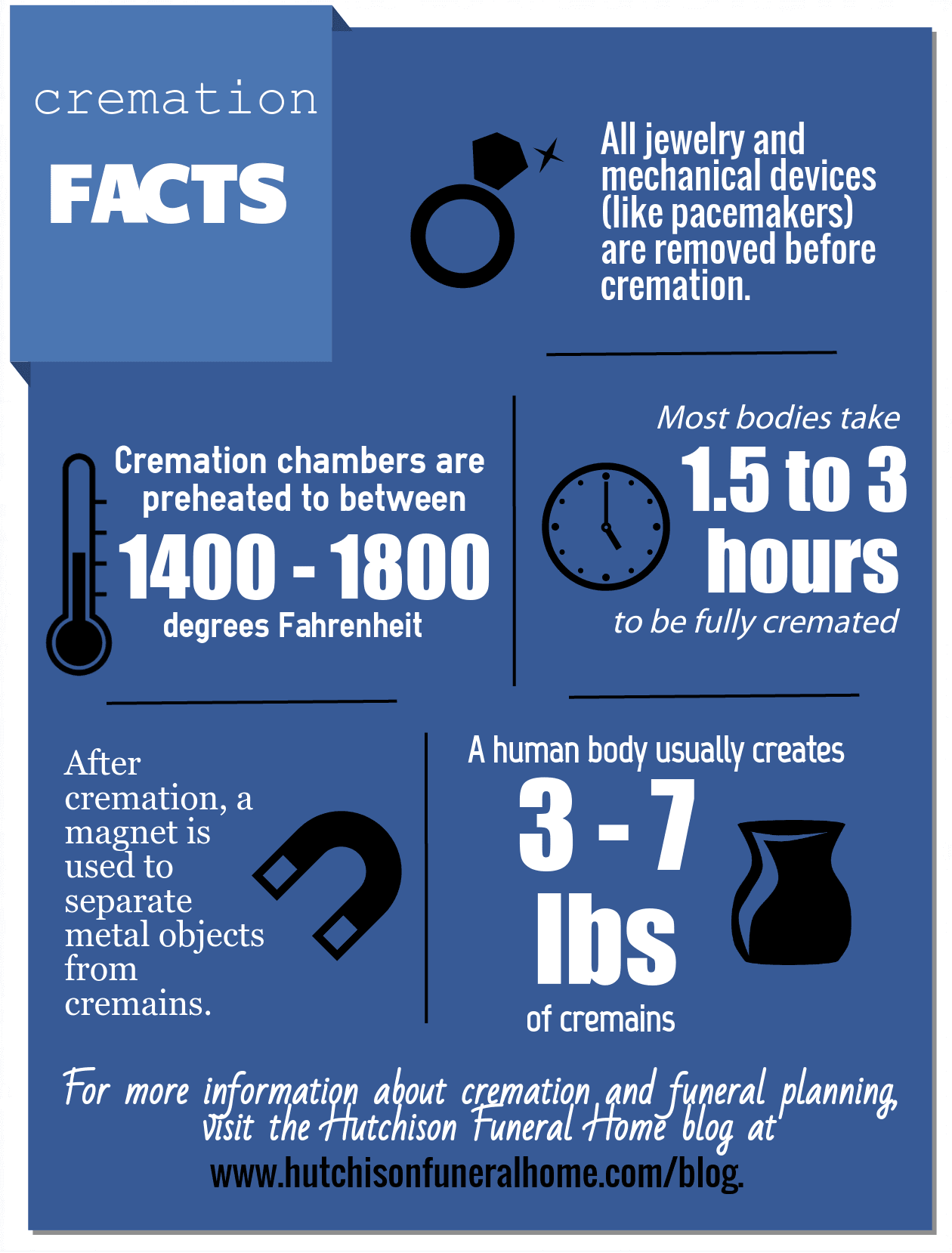How Is A Body Cremated?
Cremation can seem a little mysterious. It’s important to understand exactly what happens in a cremation because it will help you make decisions about disposition for you and your family members.
Cremation is defined by the Cremation Association of North America (CANA) as the mechanical and/or thermal or other dissolution process that reduces human remains to bone fragments. In simpler terms, it is the process of using heat to turn human remains to ash.
Cremation happens in a cremation chamber within a facility called a crematorium. Cremation chambers are sometimes called retorts. These chambers are lined with heat-resistant bricks and preheated to a set temperature between 1400 and 1800 degrees Fahrenheit.
To prepare the body for cremation, any mechanical devices such as pacemakers have to be removed because they present a risk of exploding in the high-heat environment. The body is then placed in a rigid, combustible container (a casket or coffin may be used but is not required). The container is then placed quickly into the preheated chamber via a mechanized door.
The time it takes for a body to be fully cremated is dependent on a few factors, including the size and weight of the body, the type of casket used, the body fat percentage, and the preheated temperature of the cremation chamber. The process usually takes between 1.5 and 3 hours.
While in the cremation chamber, the container will burn down and the body begin to be dried by the extreme heat. The soft tissues, muscles, skin, and hair are burned and the bones are calcified until they break into small pieces. Any gases are released through an exhaust system, so there is rarely any smell associated with the cremation process.
It is sometimes necessary for the body to be repositioned during this process in order to ensure a complete cremation. Some crematoriums have an afterburner to help with this process and occasionally the technician will use a rake-like object to help disintegrate the remains.
The resulting remains are collected in a tray and left to cool. After the remains have cooled completely, a magnet is used to collect any objects that weren’t consumed by the fire. This could include parts of the container such as screws or hinges, as well as inorganic parts of the human body like dental work, prosthetics, surgical screws, or implants.
After all these items have been removed, the dried bone fragments are usually placed into a cremulator. This machine grinds the larger pieces of bone down into a more sand-like consistency.
Generally, a human body can create anywhere between 3 and 7 pounds of cremated remains, or cremains. The cremains, usually white in color, are returned to the family in an urn they have provided or a default container provided by the crematorium.
There are many strict rules governing cremations and all cremation providers must be licensed and regulated. The rules about cremations vary from state to state and county to county, but there is usually at least a 24-hour waiting period between death and cremation. This is sometimes extended to 48 hours.
The laws also vary about what can be done with cremains after the cremation. Generally, the following is permitted:
- Keeping the cremains at home
- Having them buried or stored in a columbarium
- Scattering the cremains in designated spaces
All states have specific laws about ash scattering.
Now that you have this information about cremations, you will be better prepared to make funeral planning decisions for you and your loved ones.




